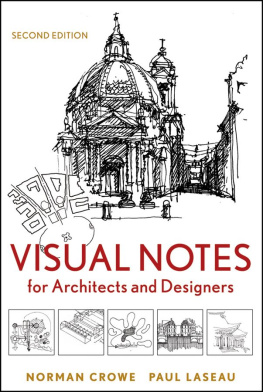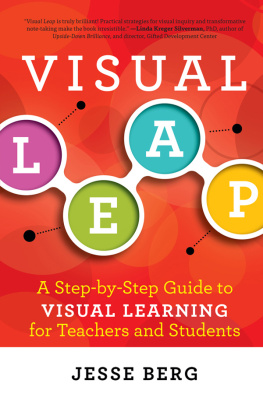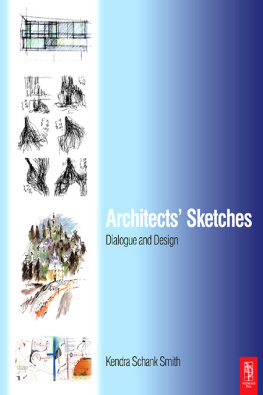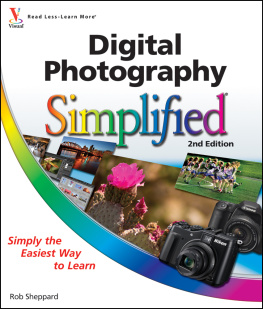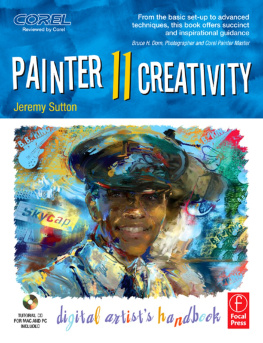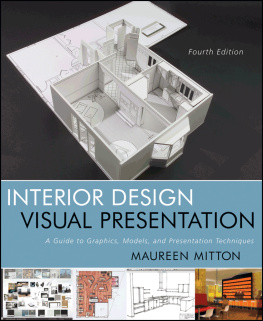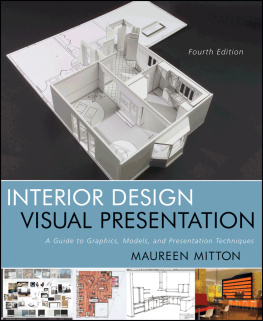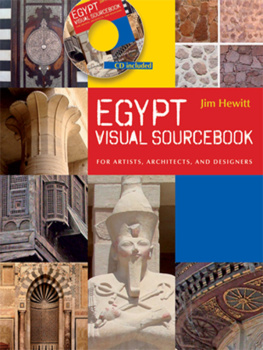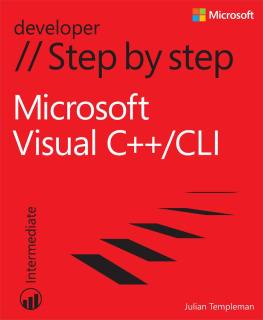Table of Contents
This book is printed on acid-free paper.
Copyright 2012 by John Wiley & Sons, Inc. All rights reserved.
Published by John Wiley & Sons, Inc., Hoboken, New Jersey.
Published simultaneously in Canada.
No part of this publication may be reproduced, stored in a retrieval system, or transmitted in any form or by any means, electronic, mechanical, photocopying, recording, scanning, or otherwise, except as permitted under Section 107 or 108 of the 1976 United States Copyright Act, without either the prior written permission of the Publisher, or authorization through payment of the appropriate per-copy fee to the Copyright Clearance Center, Inc., 222 Rosewood Drive, Danvers, MA 01923, 978-750-8400, fax 978-646-8600, or on the web at www.copyright.com. Requests to the Publisher for permission should be addressed to the Permissions Department, John Wiley & Sons, Inc., 111 River Street, Hoboken, NJ 07030, 201-748-6011, fax 201-748-6008, or online at www.wiley.com/go/permissions.
Limit of Liability/Disclaimer of Warranty: While the publisher and author have used their best efforts in preparing this book, they make no representations or warranties with respect to the accuracy or completeness of the contents of this book and specifically disclaim any implied warranties of merchantability or fitness for a particular purpose. No warranty may be created or extended by sales representatives or written sales materials. The advice and strategies contained herein may not be suitable for your situation. You should consult with a professional where appropriate. Neither the publisher nor author shall be liable for any loss of profit or any other commercial damages, including but not limited to special, incidental, consequential, or other damages.
For general information on our other products and services, or technical support, please contact our Customer Care Department within the United States at 800-762-2974, outside the United States at 317-572-3993 or fax 317-572-4002.
Wiley publishes in a variety of print and electronic formats and by print-on-demand. Some material included with standard print versions of this book may not be included in e-books or in print-on-demand. If this book refers to media such as a CD or DVD that is not included in the version you purchased, you may download this material at http://booksupport.wiley.com. For more information about Wiley products, visit www.wiley.com.
Library of Congress Cataloging-in-Publication Data:
Crowe, Norman.
Visual notes for architects and designers / Norman Crowe, Paul Laseau.-- 2nd ed.
p. cm.
Includes bibliographical references and index.
ISBN 978-0-470-90853-2 (pbk.); 978-1-118-12295-2 (ebk); 978-1-118-12297-6 (ebk); 978-1-118-12932-6 (ebk); 978-1-118-12933-3 (ebk); 978-1-118-12934-0 (ebk)
1. Communication in architectural design. 2. Visual perception. I. Laseau, Paul, 1937- II. Title.
NA2750.C76 2012
720.28--dc22
2011016228
Preface to the Second Edition
When we completed Visual Notes for publication in 1984, hand drawing with drafting instruments was still the customary practice at the drawing board for most designers. Cameras, however, had virtually replaced field sketches for gathering information in the field. We recognized that something was missing and so we wrote Visual Notes for designersespecially architects, landscape architects, planners, and engineersto reassert the value of visual notation. The book proved to be remarkably successful, indicating that many agreed with our assessment. Since that time, digital cameras, computer aided design software (CAD), hand-held digital sketchpads, the Internet, smart phones, fax machines, and scanners have become just about ubiquitous. While the aim of this edition is to continue to demonstrate the effectiveness of gathering visual information by means of freehand notational sketches, ways of incorporating todays available technologies, we believe, have become too important and effective to exclude. Thus, the objective of the current edition is two-fold: to provide further instruction on visual notation, and demonstrate how new graphic-oriented technologies may expand the efficacy of gathering visual information.
We noted in the first edition that sketching and keeping notes was once the mainstay of a travelers skills. Recording visual information alongside verbal notesin forms that are diagrammatic, abstract, pictorial, and realisticwas simply a part of how one took in the important qualities of a place, as well as to reinforce the memory of that place for a later time. But there is more to sketching in the field than meets the eye, so to speak. While we engage in sketching for purposes of capturing information, we tend to forget that an important effect has to do with truly seeing things in their deeper complexity, thereby heightening a fuller and at the same time more subtle understanding of our environment. And this effect increases, becoming more efficient and useful as ones habit of sketching stretches over time.
We are told that sketching engages a different part of the brain than, for instance, taking photographs. Comparable research in 2003 by neuroscientist Eleanor Maguire of University College London, though not focused directly on sketching, seems to emphasize the point. She discovered that spatial understanding is enhanced by direct and intense experience with something in its true three-dimensionality, versus viewing it in two dimensions as a photograph or other abstract representation. In particular, her research involved London cabdrivers, who it turns out have a larger posterior hippocampusthe region of the brain that files spatial memoriesthan the average Londoner. Of course today, one could negotiate Londons complex street network with a GPS navigational aid, but because it does not engage spatial organization in the same way as a series of related, consecutive active spatial experiences, the brain is deprived of developing more subtle and refined spatial understanding. It would follow that operating computer graphics, for instance, like negotiating the streets with a GPS device, short circuits the fuller neuronal involvement of drawing by hand.
Since the first publication of Visual Notes , an inadvertent discovery involving the application of computer graphics versus hand drawing emerged in response to a decision made by the professional degree architectural program at the University of Notre Dame. After considerable evaluation, it was decided that students would be prohibited from using computer graphics in the design process until they had reached their fourth year of architectural studies. The reason had to do with the observation that hand drawing required a much greater conscious understanding of how things go togetherin constructional, architectural, and general spatial termsthan simply selecting a detail or element from a digitized plan file in a CAD program, then modifying it to suit a particular application. What happened, in addition to ensuring a greater understanding of architectural form, was that when architecture students who began with hand drawing finally transitioned to the use of computer graphics, their computer drawings were noticeably superior to others who began with computer graphics in the first place. That was a surprise. It turns out that the use of line weight, perspective devises, color, and the like to clarify formal-spatial understanding were more fully and effectively employed by those who began with the development of hand drawing skills before they learned to use computer graphics. It would seem that the abstract understanding of spatial form gained from computer graphics, as in the situation of photography versus sketching or negotiating London streets with a GPS device, something is gained while something else is lost. But if both are brought to the fore, each in its appropriate place in the larger scope of effective communication, the result is greater breadth of useful understanding.

